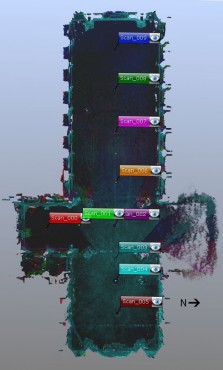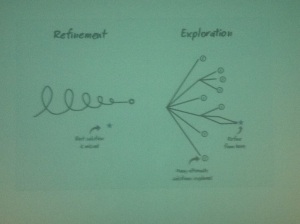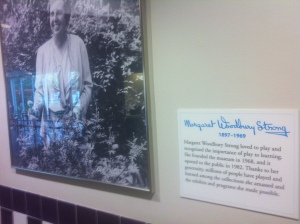
Netley Abbey
In January of this year myself and Dan Joyce completed a series of recording techniques at Netley Abbey, including time of flight and phase scanning, photogrammetry and Reflectance Transformation Imaging. The work was organised by Dan in collaboration with English Heritage for his individually negotiated topic for his masters degree.
Continue reading →








